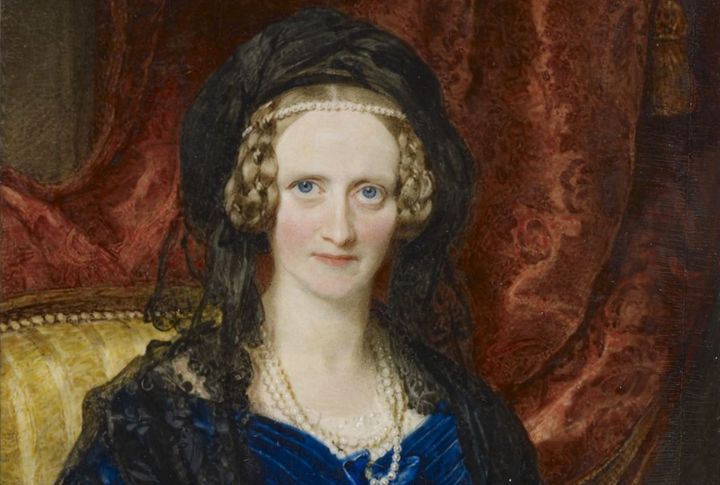
In the Middle Ages, hair length was a statement. Long before luxury labels and social media influencers, hair was the ultimate symbol of power and royalty. Each snip and braid was a carefully curated political act. These medieval hair facts will change the way you think about style and status. Scroll on and discover how hair ruled the realm long before hashtags.
Royal Hair Was Never Touched Without Permission
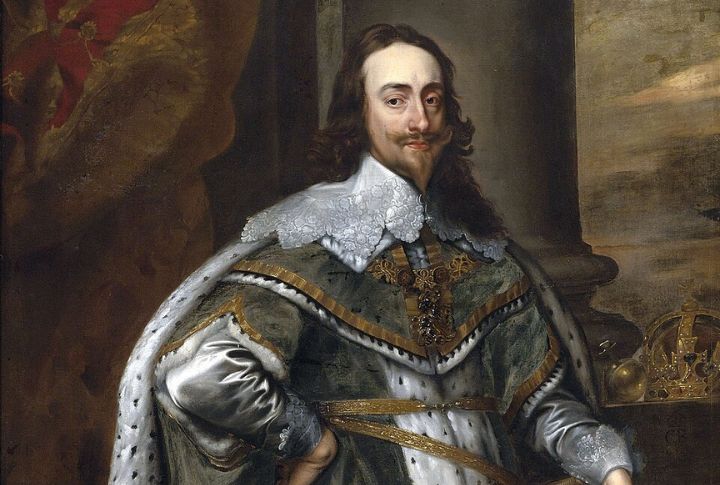
In medieval Europe, the king’s hair was more than a grooming concern. Monarchs, especially among the Merovingians, were believed to derive their legitimacy from their long locks. Cutting the king’s hair without consent was sometimes considered treason. In some kingdoms, dethroning a king meant shaving his head.
Noblewomen Wore Elaborate Braids To Signal Rank

If you think your updo takes forever, try living in the 13th century. Aristocratic women spent hours having their hair braided, sometimes with gold threads or pearl netting. These designs were status codes. The more elaborate and structured the braid, the higher the woman’s social rank. Certain styles were off-limits to anyone below a particular title.
Clergy Kept Tonsures As A Mark Of Spiritual Authority
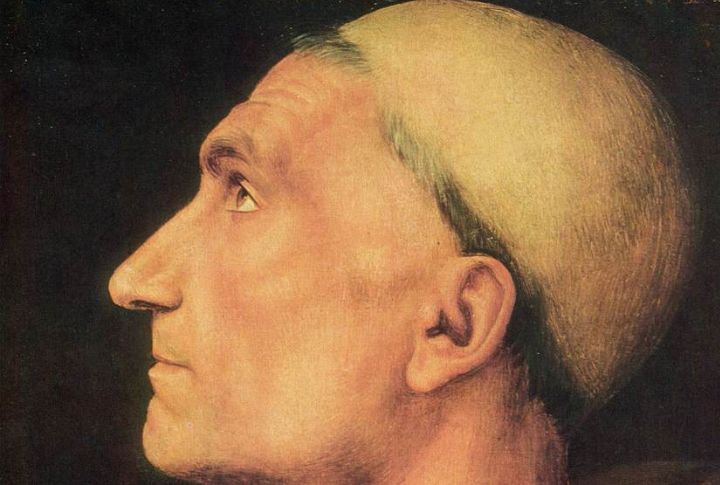
Shaving the crown of the head was a symbolic act of devotion. Each Christian order had its variation of the tonsure, distinguishing monks, friars, and priests not just by faith but by function. The Roman tonsure, characterized by a bald circle on the top of the scalp with a ring of hair around it, eventually became the standard across much of Europe.
Knights Grew Long Hair To Emulate Chivalric Ideals
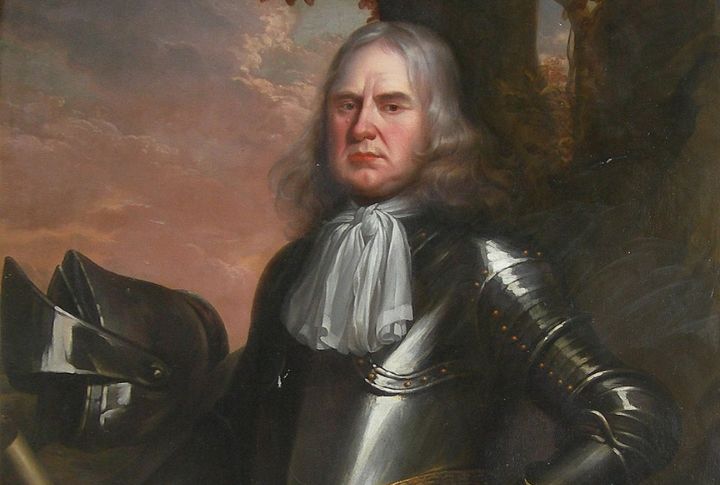
In an era where legend met battlefield, long hair became a knight’s symbol of valor and nobility. Inspired by romantic tales and praised by troubadours, knights styled their hair to resemble lions’ manes. Before battle, some knights even oiled and brushed their hair to maintain dignity in death.
Queens Used Hair Veils To Declare Their Dominion
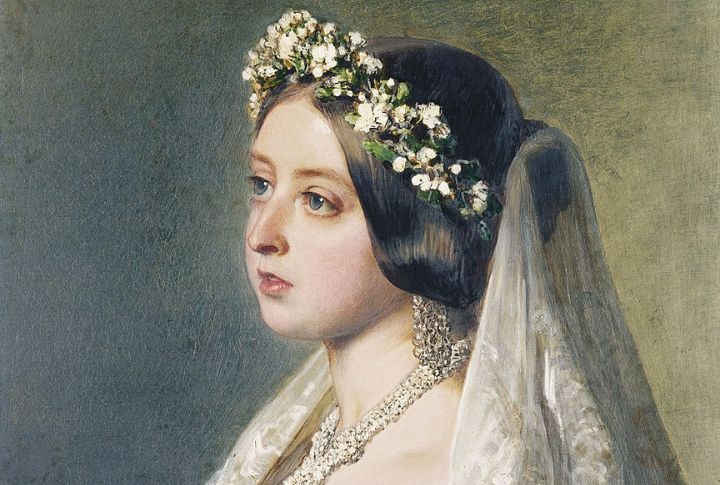
Hair was often concealed, especially among queens and high-ranking women. Elaborate embroidered veils were worn during court functions or religious ceremonies. The veil’s shape and placement carried coded meanings about rank and marital status. New styles often marked coronations or betrothals. A queen’s veil was a sartorial declaration.
Barbers Served Lords And Wielded Political Secrets
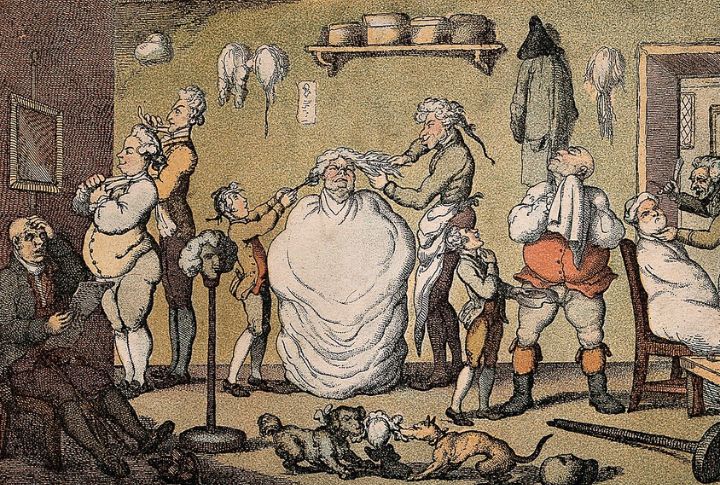
Medieval barbers were part stylist and part therapist. They trimmed hair and heard everything from court gossip to political secrets. Many barbers gained influence simply by proximity to nobility. A sharp blade and a sharper ear made them unspoken confidantes. In some circles, controlling someone’s appearance also meant managing their public image.
Hair Color Was Altered To Reflect Ideals Of Power
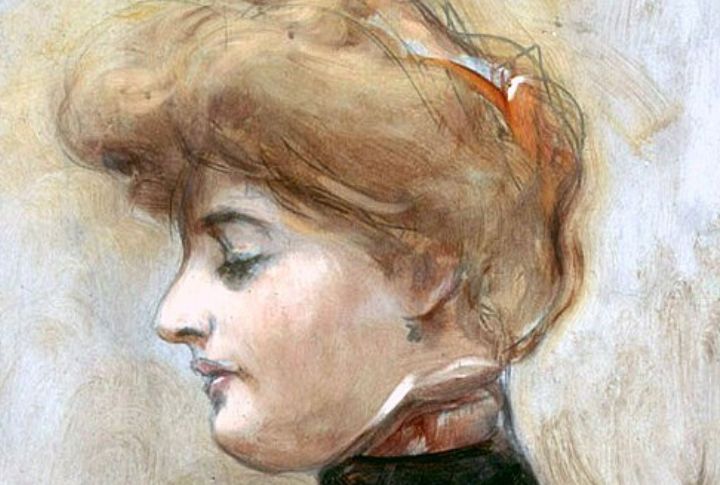
People used herbs and crushed berries to bleach or darken hair. Blonde hair, in particular, was highly valued in courtly circles as a symbol of purity and divine favor. Redheads walked a controversial line. In some cultures, they were suspected of witchcraft, and people wanted to stay away from them.
Widows Displayed Status Through Hair Mourning Customs
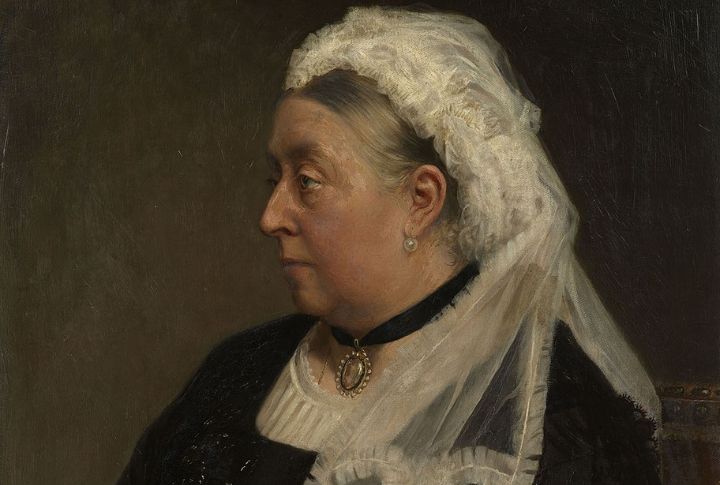
For noble widows, grief was displayed through specific hairstyles. Many upper-class women shaved their heads or covered their hair completely during mourning. In elite circles, it was common to weave a deceased spouse’s hair into brooches and bracelets as a sign of both loss and loyalty. The visibility of hair signaled everything from wealth to spiritual depth.
Royal Children Had Ceremonial First Haircuts
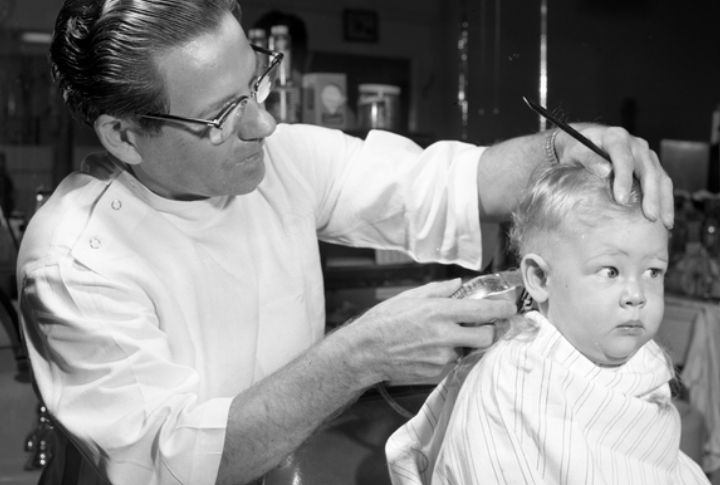
Among the noble classes, a child’s first haircut was a political event. Known as the “tonsura,” this first cut was often performed by a priest or court official and was sometimes accompanied by religious blessings or an official presentation to the court. Locks from this event were saved in ornate lockets or even embedded in crowns.
Enemies Were Shamed By Having Their Hair Cut Off
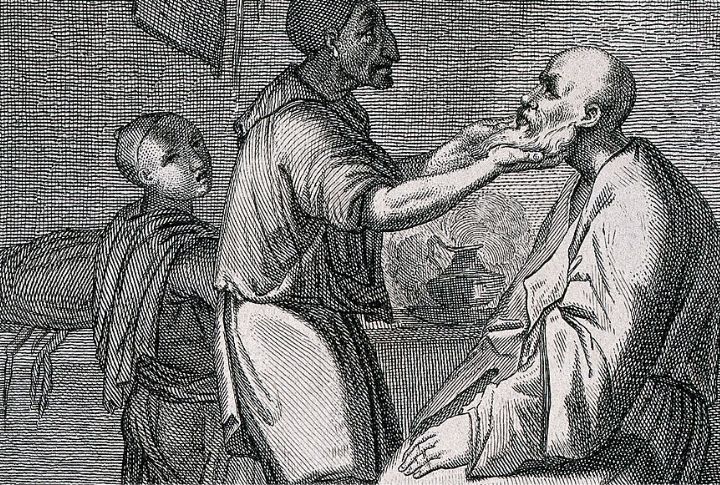
In times of conquest or social punishment, hair became a weapon of humiliation. For both men and women, being forcibly shaved was a sign of disgrace or betrayal. Female prisoners, especially, were often punished by cutting their hair short, making them visibly “dishonored” and socially vulnerable. The act was punitive and symbolic.

